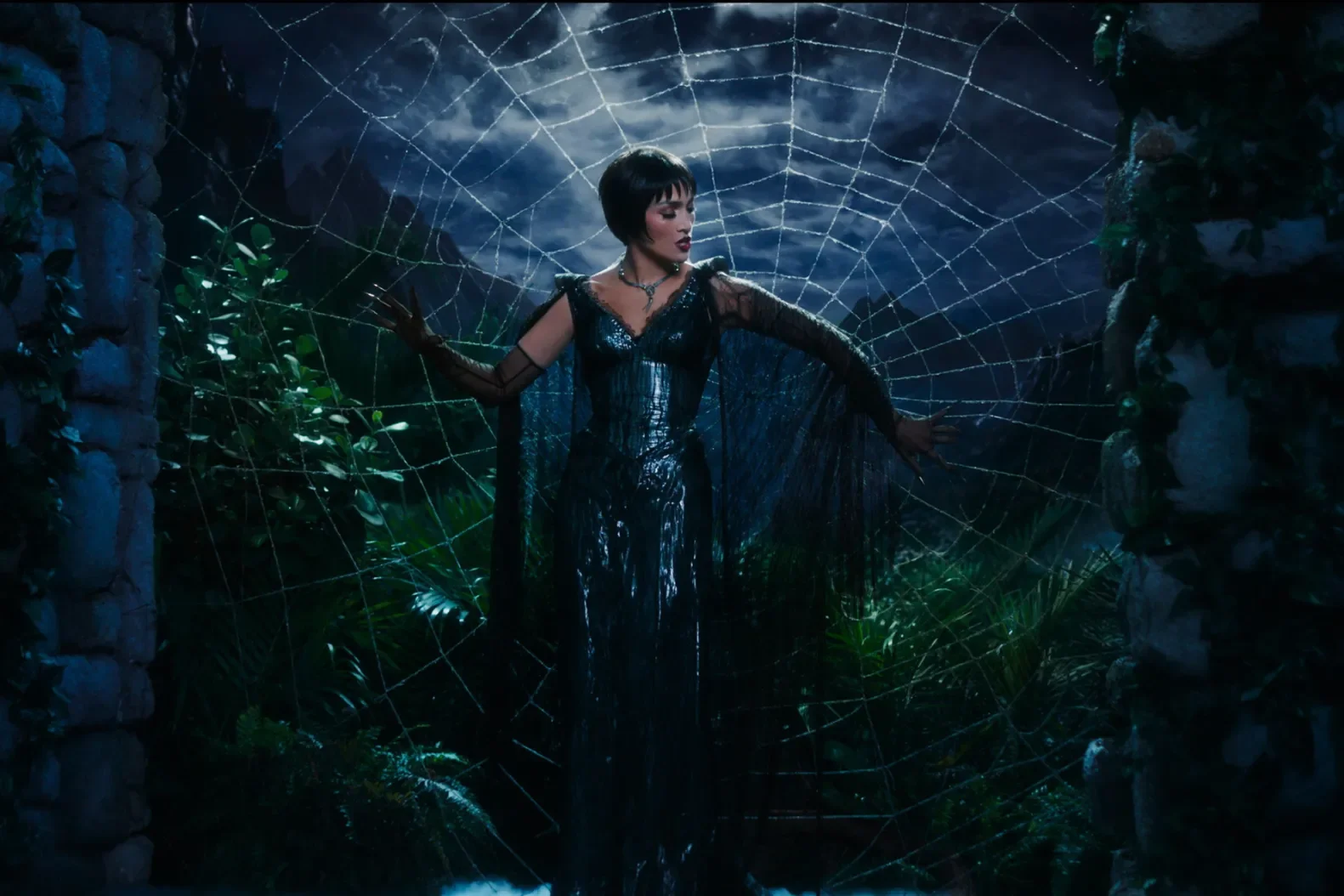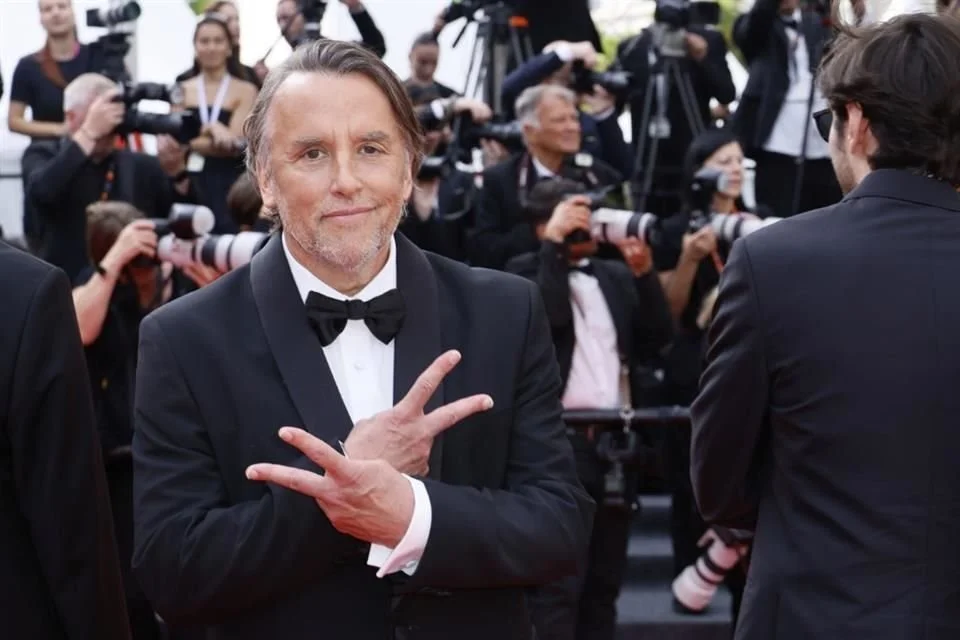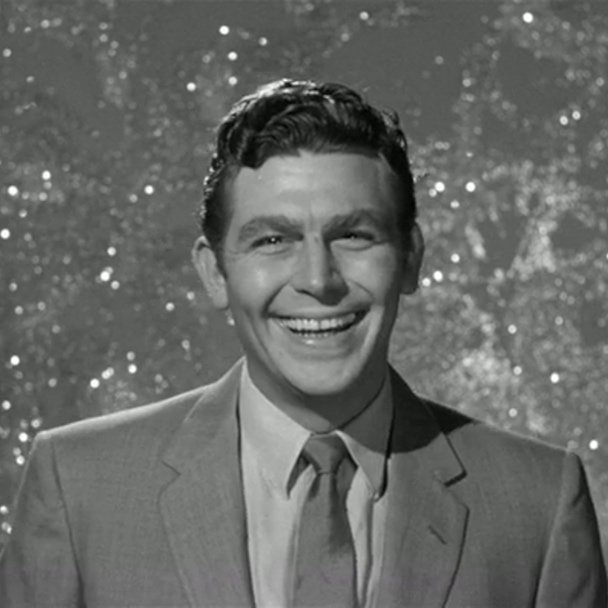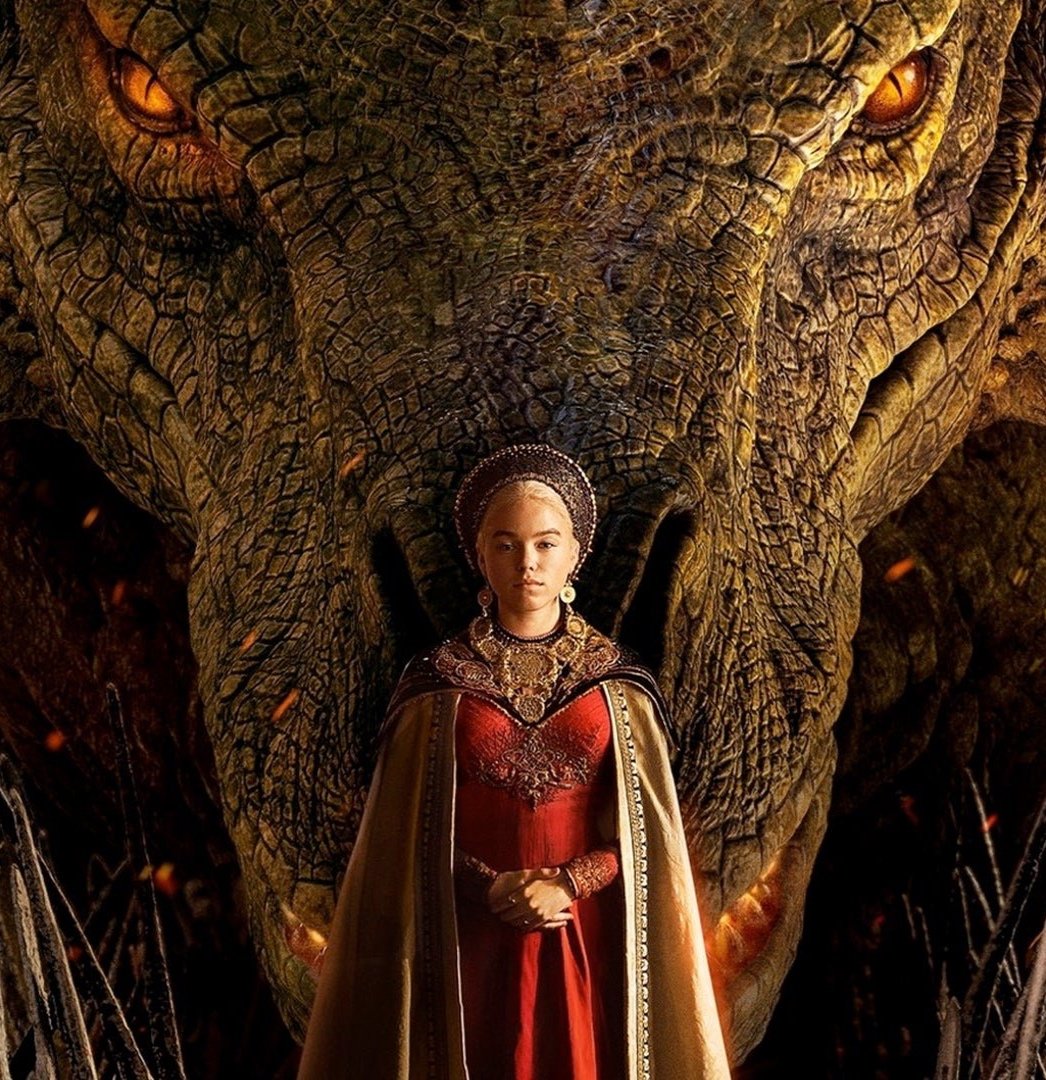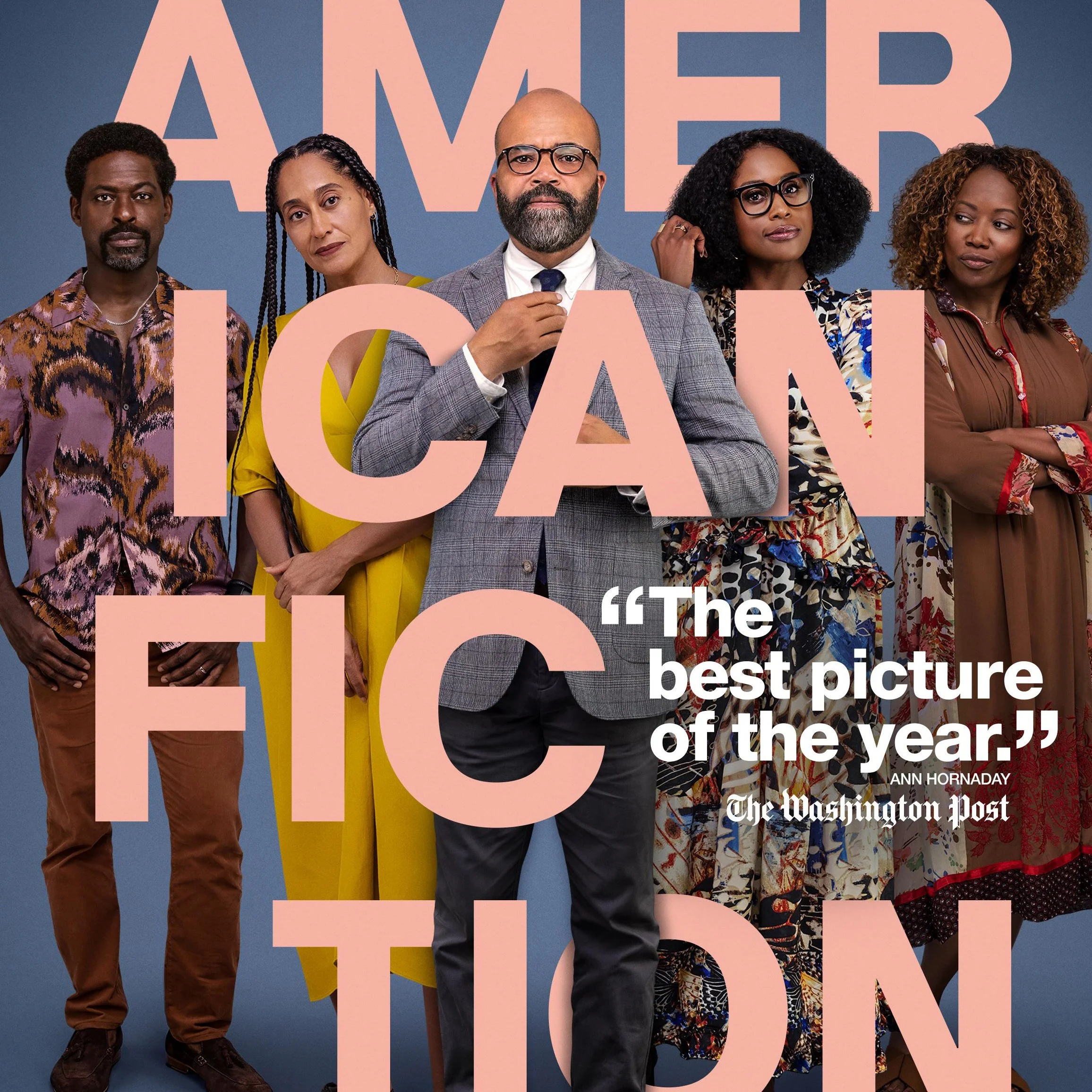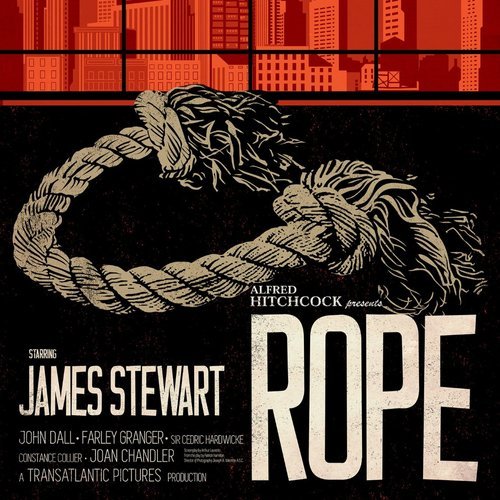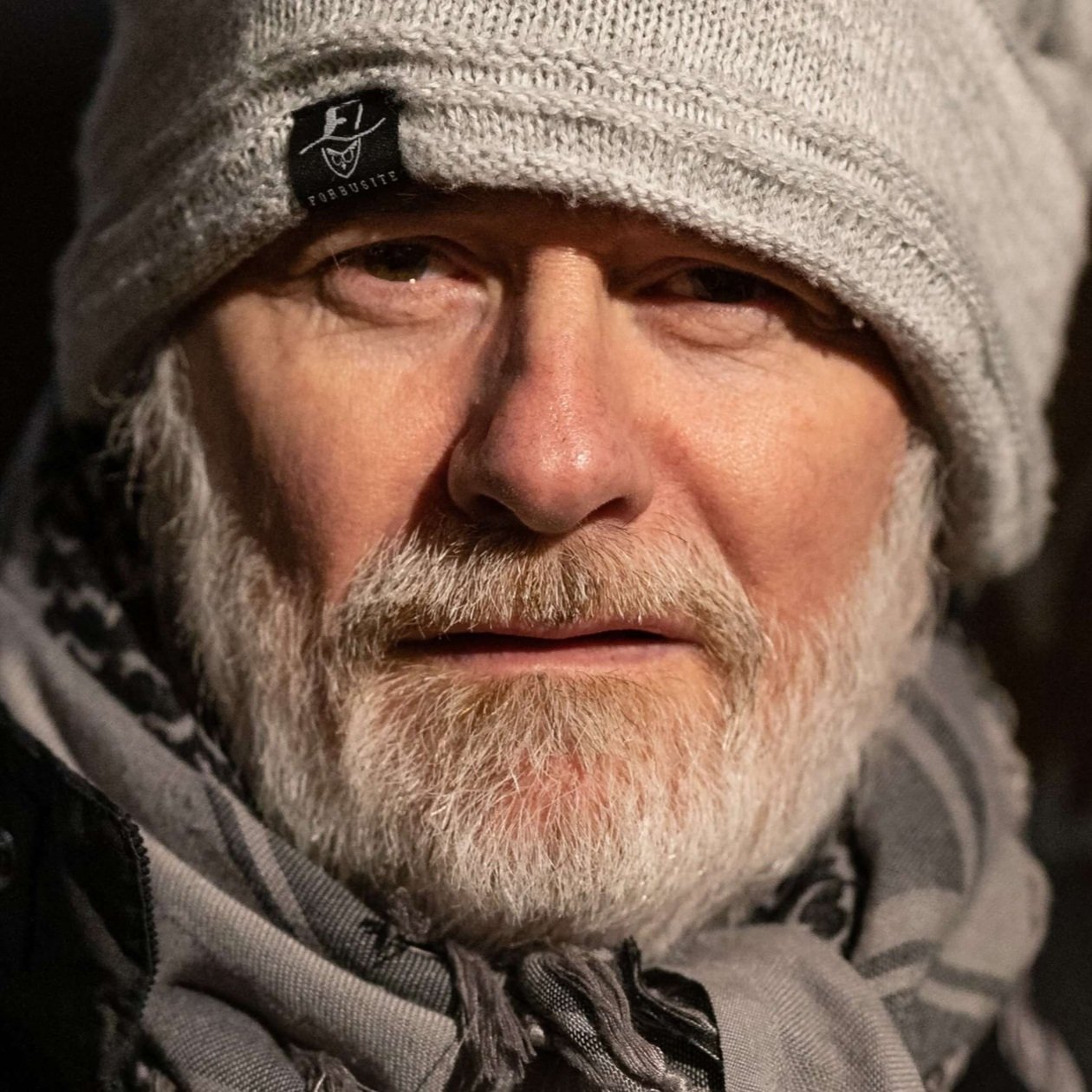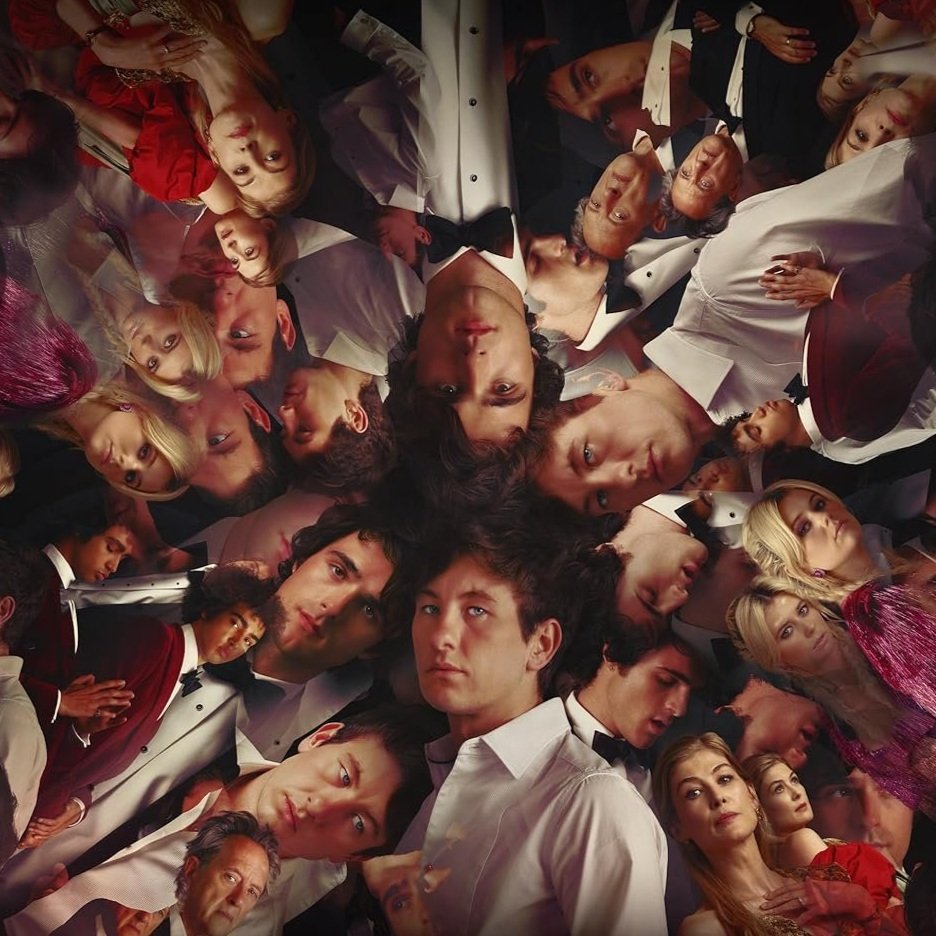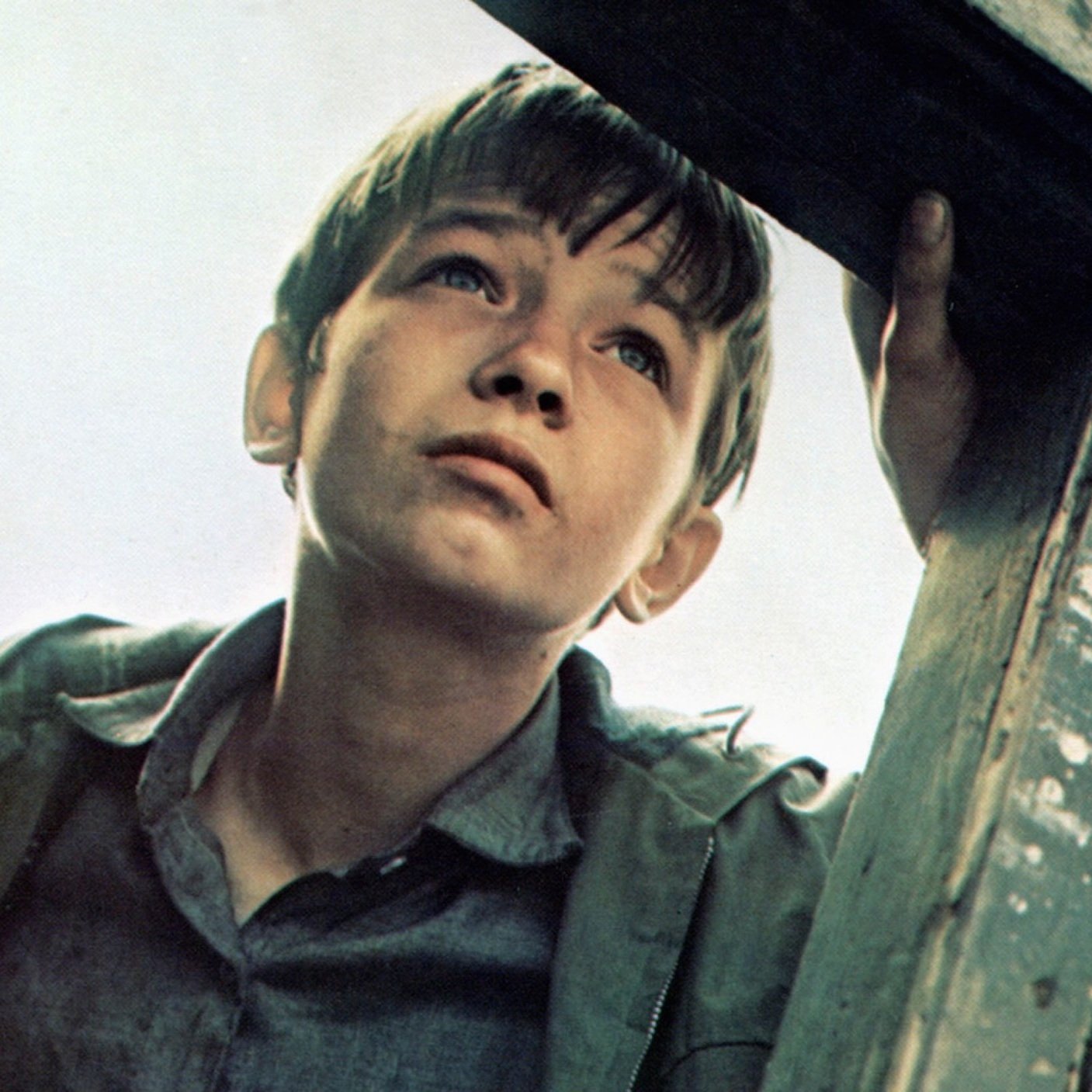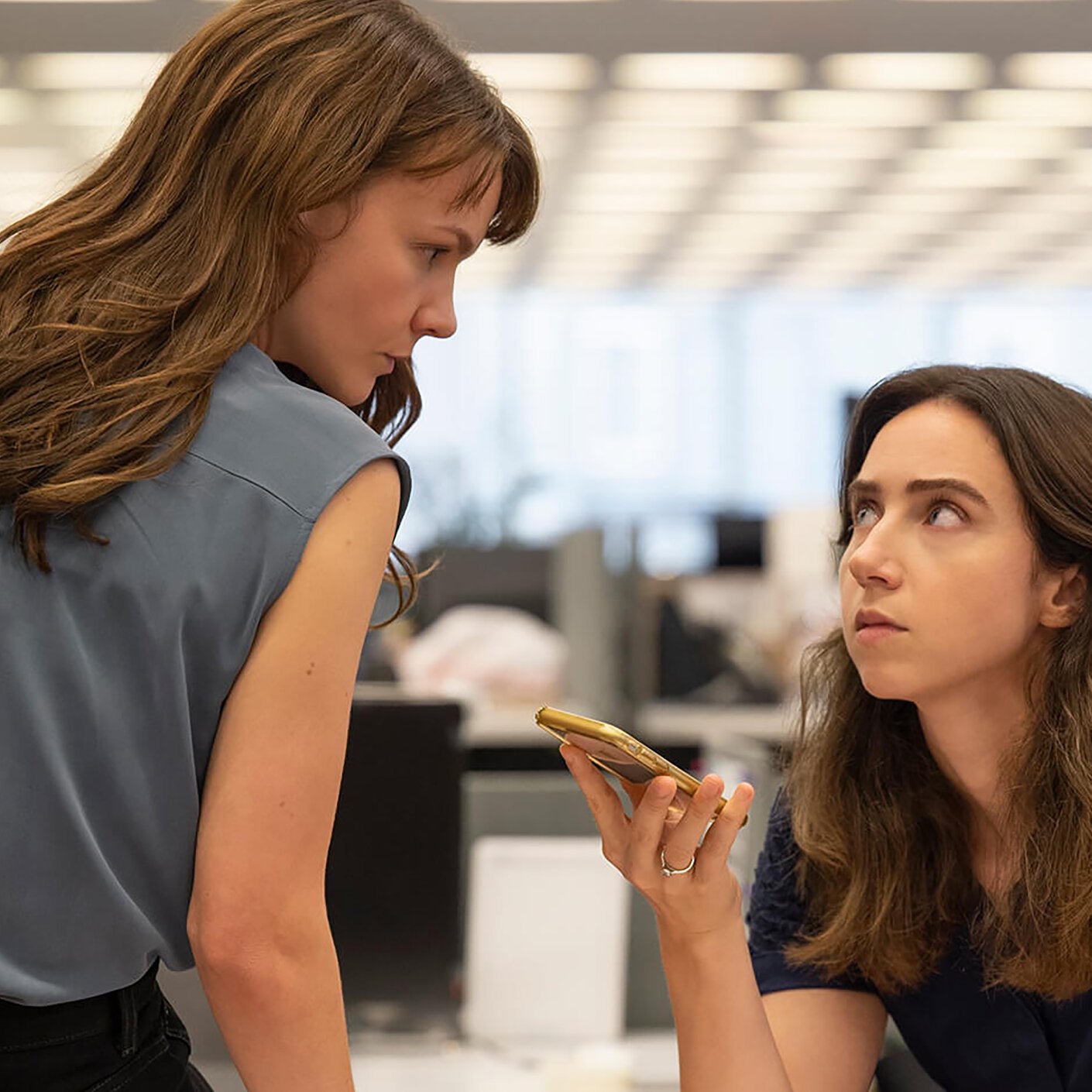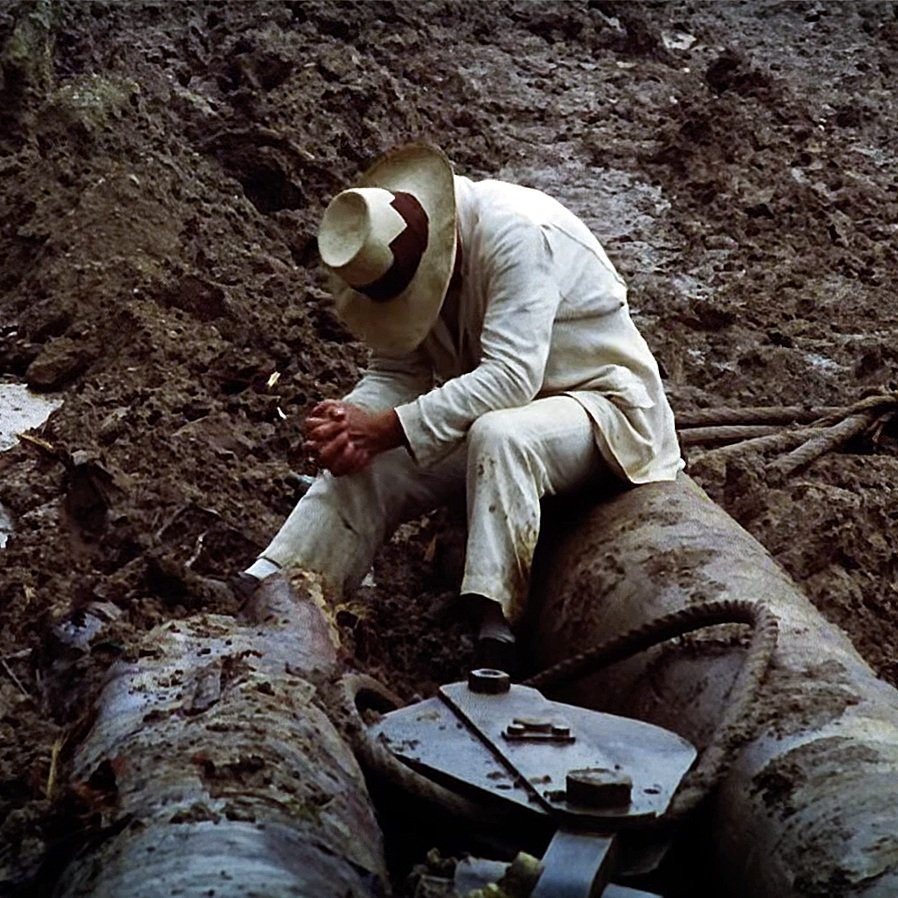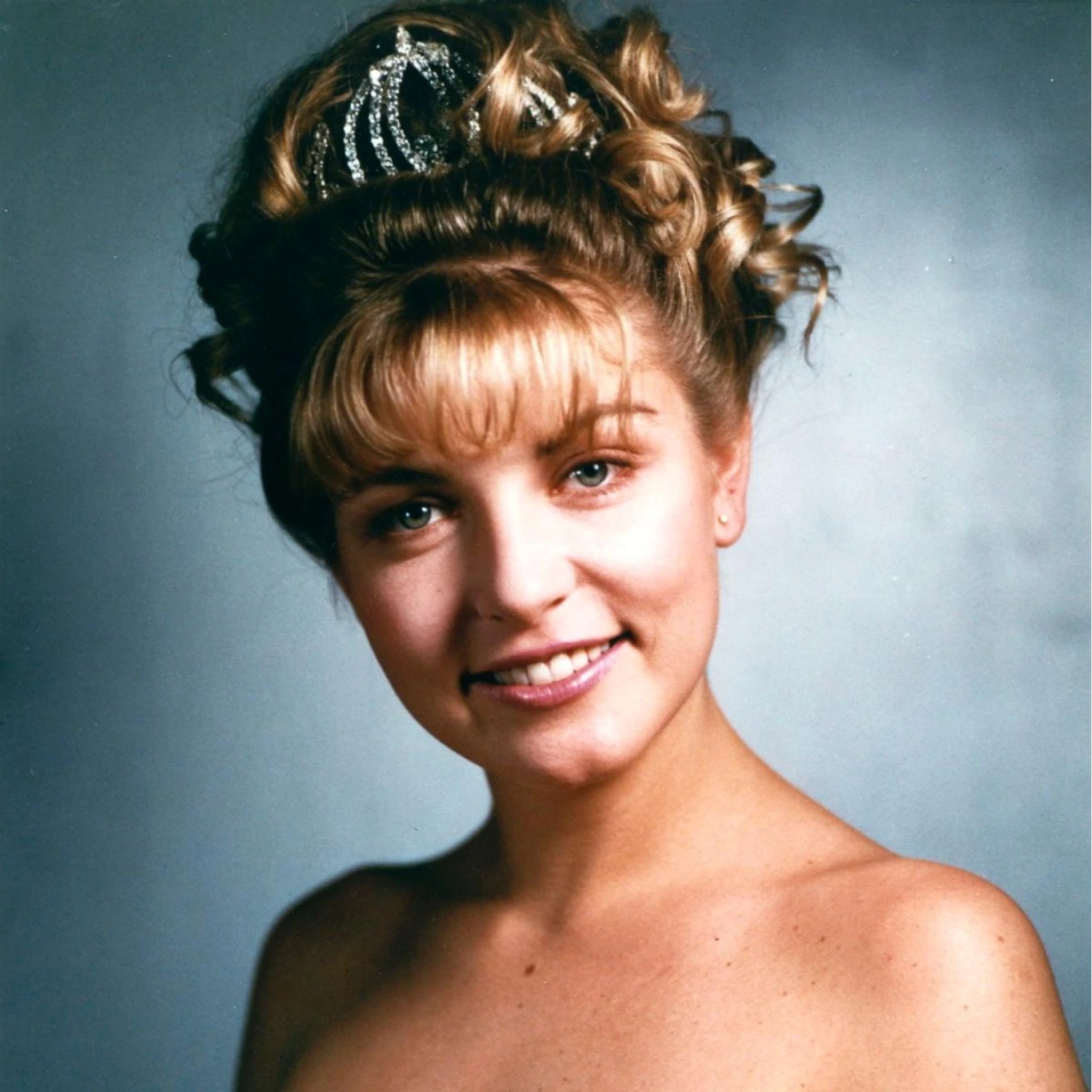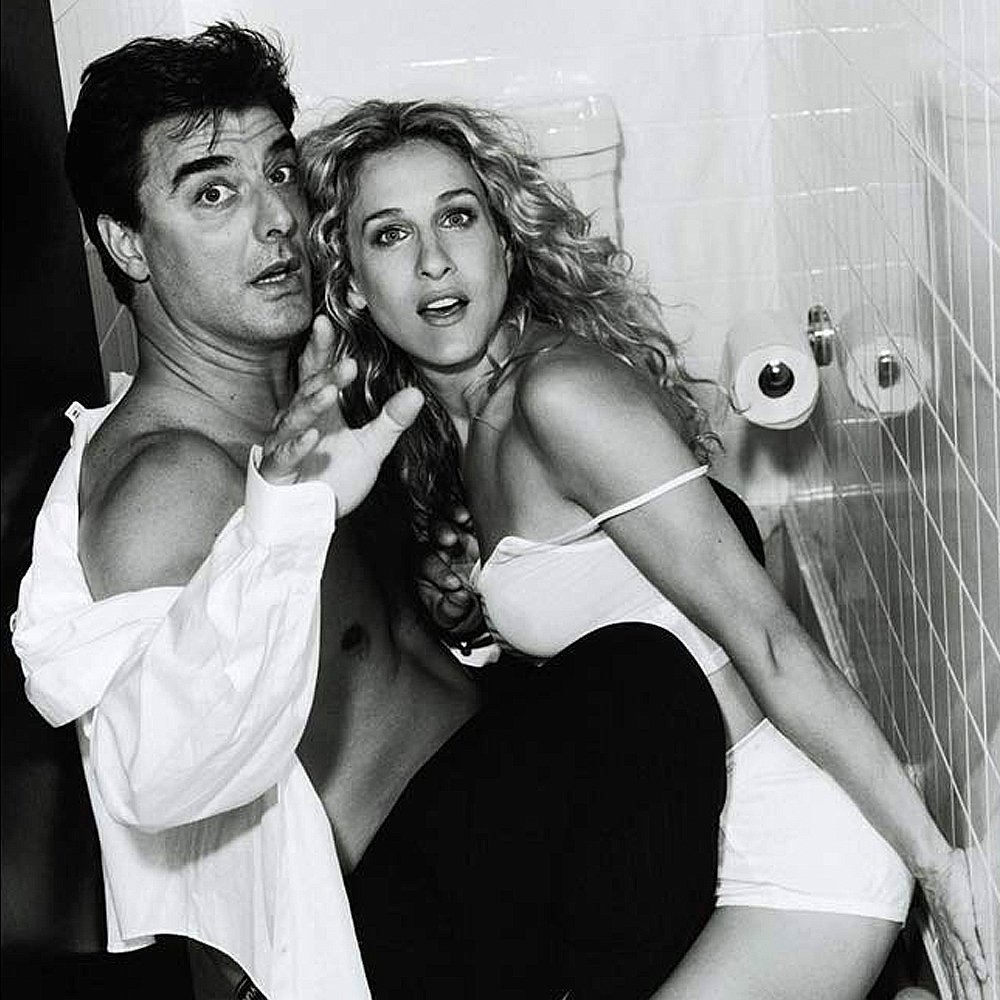A Strangled Truth: Fear & Desire in Hitchcock’s Rope
Warning! This review contains Spoilers for Hitchcock’s Rope.
If there’s one thing which defines many of the films I’ve seen recently, it’s their buttock-numbing length. Often running well beyond three hours, it feels like so many of the films I’ve seen could easily have been either half the running time, or split into a mini-series and simply sent to a streaming product instead of the ordeal of the theater.
Christopher Nolan’s Oppenheimer, the enthusiastic blockbuster hype for which eludes me, could have been cut in half and still told essentially the same story. I get it. Gifted womanizing physicist with left-leaning politics gets drawn into the ethical dilemma motivated by using his talents to end a war but at enormous human cost. The bomb test sequence is certainly technically impressive, but the tedious remainder of the more than three hours before the credits roll is the dull interrogation of boardroom politics. This pattern of modern films getting longer and longer has made me yearn for simpler times where the movies were short, but consciously elastic with time and always left us wanting more.
And when I think of these films which deliberately bend time, I think of old suspenseful thrillers. And when I think of those, there’s really only one place to go, Alfred Hitchcock. Clearly still somewhat stylistically dated reflections of their time in a modern context, his greatest hits all play with time. The chilling horror of Psycho, especially when the soon-to-be-dead-in-the-shower protagonist is driving away from the scene of the crime, seemingly without incident, but all the time our minds feel her guilt and suspicion as she obsessively checks the rear mirror. The voyeuristic apartment surveillance of Rear Window, the premise for which is really just a curious convalescent neighbor seeing what’s going on across the street. The I’m-never-going-outside-again terror of The Birds, and the eerie elasticity of driving away from an ominous flock of ravens sitting on the telephone wires as the credits roll. But the most impressive of all Hitchcock’s time-bending stories is the barely eighty-minute-long Rope from 1948.
Shot and edited into a simulation of real-time, the entire story unfolds much like the original 1929 Patrick Hamilton stage play it draws upon (and its real-life inspiration in the 1924 kidnap and murder of Bobby Franks by Leopold and Loeb), where there is a primary point of view for us as observers, a single location, and a carousel of characters which enter stage left and right.
The premise is a simple one, but inverts all of the common tropes of the murder mystery. It opens with the murder itself, where two young intellectual Manhattan graduates, Brandon and Phillip, are throttling their former classmate David to death with a rope bound tight across his neck. We later learn they are doing this as an intellectual exercise. Proving to themselves that such is their power and position in life, they are able to commit the perfect murder and get away with it. But we as the audience are already in on it all. We know the murderers. We know the murder weapon. And we know the motive. The entire length of the movie subsequently unfolds with the suspense of how they’ll be found out.
Brandon and Phillip hide the body in a large wooden chest in their living room prior to their hosting of a dinner party for a number of close friends, and set some of the food on the chest itself to deliciously sinister effect. Hitchcock plays back and forth with a number of near misses of discovery as the guests circle the chest’s buffet, unaware of what’s inside as they ask when David is going to arrive and how uncharacteristic it is for him to be so tardy. The rope itself plays its part in binding together some books which Brandon loans to one of the guests, sending the murder weapon away from the scene in someone else’s hands. But all is not well between Brandon and Phillip. Risqué for 1948’s mainstream sensibilities, the implied romantic connection between the two is starting to come apart as the tension builds, with Brandon’s dominance over Phillip becoming more and more agitated as the dinner (and their deception) unfolds.
Enter Rupert, wonderfully played by James Stewart, who’d go on to be a Hitchcock-defining staple in his later films Vertigo, The Man Who Knew Too Much, and Rear Window. A former school housemaster of Brandon and Phillip’s, Rupert engages them in a philosophical discussion about societal hierarchy and the superiority of the privileged, and for whom Brandon delights in hinting at the wonderful work of art he and Phillip have been working on recently. We as the audience squirm as the deception unravels and Rupert’s suspicions eventually grow into finding out what’s been going on, and the real reason why David is never going to arrive. The body in the chest is discovered, and a hurried confrontation concludes with the police on their way as Brandon sits quietly and drinks, his flawed masterpiece complete.
Highly innovative for its time, and still a wonderfully mischievous piece of film-making, Rope unravels in real-time, and presents itself as one continuous shot. Modern audiences will notice where the technical cuts are as shots close on the actors’ backs and then zoom out again, or where empty shots of hallways disguise the technical necessities of changing the reel, but the incredible thing here is that there’s so much that happens in the overall eighty minutes. The dinner party itself only lasts for about twenty minutes, but it feels as if it’s much longer, Hitchcock contracting and expanding time through the lens of suspense.
But it’s not the suspense of us as the audience finding out. It’s the suspense of the characters. We already know everything, and as the characters circle the chest, or playfully twirl the rope in their hands as they chat, we know that it is only a matter of time before they also find out. We are just waiting for Brandon and Phillip to slip up, as they inevitably do. But when and how that happens is continuously toyed with by Hitchcock, who delights at giving us just enough insight to keep us watching through our fingers.
At the time, Rope opened to mixed reviews, with The New York Times unimpressed about Hitchcock’s treatment of time, describing the "novelty of the picture is not in the drama itself, it being a plainly deliberate and rather thin exercise in suspense, but merely in the method which Mr. Hitchcock has used to stretch the intended tension for the length of the little stunt" for a "story of meager range". Similarly Time wrote that “Much of the play's deadly excitement dwelt in [the] juxtaposition of callow brilliance and lavender dandyism with moral idiocy and brutal horror. Much of its intensity came from the shocking change in the teacher, once he learned what was going on. In the movie, the boys and their teacher are shrewdly plausible but much more conventional types. Even so, the basic idea is so good and, in its diluted way, Rope is so well done that it makes a rattling good melodrama”. Hitchcock himself described Rope as an experiment which didn’t work out, and would keep it out of distribution for decades. How lucky are we to still be able to see it today.
Compared to the fatigue of our modern blockbusters, Rope does so much more in about a third of the time. It doesn’t weld us to our seat, it keeps us on the edge of it. It uses the claustrophobia of suspense and the immediate reveal of the tropes of the traditional murder mystery to stretch and fold time into what feels like real-time, but isn’t. We know everything and still scream at the screen that the body has been there the whole time. We know the murderers aren’t going to get away with anything. And we know the star of the film is going to be the one to unravel it all. And yet, like everything that’s great about the movies we love, we are compelled to keep watching.
Popular Reviews











